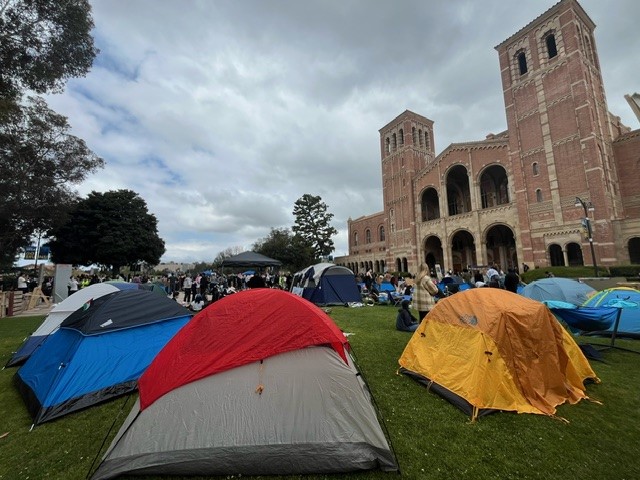The closure of the San Onofre Nuclear Generating Station will cost billions of dollars - but the exact cost has yet to be determined, officials said.
But sides are lining up for the battle over who will be forced to bear the brunt of the financial pain.
"There's no way ratepayers should have to pay more of these costs," said Jamie Court, President and Chairman of the advocacy group Consumer Watchdog, arguing that investors should foot the bill. "They made the bad bet."
Court was responding to Monday's full-page newspaper advertisements in which San Onofre's majority owner, Southern California Edison, put customers on notice that it believes they have responsibility.
"If a utility asset must be retired before the end of its expected life, the utility recovers from customers its reasonable investment costs," the statement read in part.
The issue ultimately falls under the jurisdiction of the California Public Utilities Commission (CPUC). San Diego Gas & Electric and the city of Riverside hold minority stakes in the San Onofre Nuclear Generating Station, sometimes known by the acronym "SONGS."
San Onofre's first nuclear reactor had closed as scheduled in 1992. SONGS continued to generate power with two other reactors.
Local
Get Los Angeles's latest local news on crime, entertainment, weather, schools, COVID, cost of living and more. Here's your go-to source for today's LA news.
But they were shut down in January 2012, after leakage was discovered in the cooling systems of replacement steam generators installed in the previous three years. This past June, Edison announced it had given up hope of resuming electricity generation at San Onofre and would seek approvals to decommission the plant.
Edison expressed hope of recovering some incurred costs from insurers and from Mitsubishi Heavy Industries, the designer and supplier of the problematic generators that cost more than $600 million.
A clause in Edison's contract sets a $135 million limit on Mitsubishi's potential liability. Edison has indicated it believes that does not apply in this case.
Closing a nuclear power plant involves a number of different types of expenses. Because reactor components are highly radioactive and remain potentially dangerous for thousands of years, the process of dismantling the plant, securing radioactive components, and restoring the site is complex and costly.
The full plan for decommissioning is not expected to be ready until the middle of next year, Edison Executive SP Stephen Picket told the California Senate Energy Committee at a hearing in Sacramento on Tuesday.
Edison has estimated the cost will be on the order of $4.1 billion. Significantly, much of that is already funded from a dedicated trust account.
But there are other costs, including the investment loss. Ordinarily, the cost of building a power plant is recouped from a portion of the rates paid for the electricity it generates over its lifetime.
But with San Onofre plants 2 and 3 shutting down more than a decade earlier than originally planned, what has been recovered so far is short of projections. Edison has yet to provide the CPUC with a valuation on investment loss.
It involves "several factors," said Edison spokesperson Maureen Brown.
Edison has also incurred additional costs purchasing power wholesale to make up for the loss to its system of the 2200 megawatts formerly produced at San Onofre. That was enough to meet the power needs of about a quarter of Edison's nearly five million residential and business customers.
At some point, it's expected that Edison will have to invest in additional generating capacity. With uncertainty over the scope of the losses to be recovered, there are as of yet no projections as to what kind of rate increase would be sought.
But it would take an additional $200 from each of Edison's customers to produce $1 billion dollars. For Consumer Watchdog's Court, the situation brings to mind the late 1990s, when, in anticipation of deregulation, concerns were raised that utilities would not be able to recover the investment costs of some power generators.
Back then, the state legislature and CPUC agreed to impose a surcharge known as a "trust transfer amount."
"And now they're coming back again and saying they need help?" Court asked rhetorically. "I don't think so."
An initiative Consumer Watchdog spearheaded in 1998, Prop. 9, would have prevented utilities from recovering so-called "stranded costs" from ratepayers. But voters defeated the measure.



